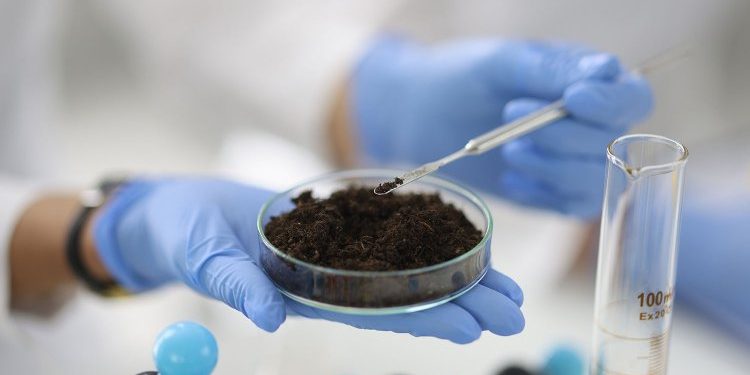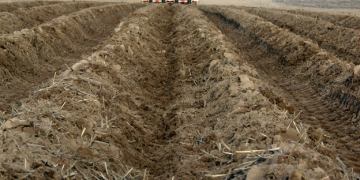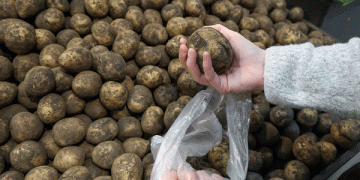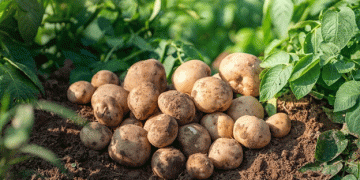Scientists at Moscow University evaluated how composite gel-forming soil conditioners attract moisture depending on its activity and ambient temperature. To do this, the researchers used a new method to remove water molecules when it is heated. The team questioned the use of technologies for extracting moisture from the air in the operation of these air conditioners. The results of the work were published in the Journal of Composites Science.
Water-absorbing polymers, which have the ability to absorb and retain a huge amount of liquid compared to their own weight (the so-called hygroscopicity), are used in various industries and in everyday life. Such polymers are actively used in drilling, landscape design and agriculture. It is important not only to find the scope of these innovative materials, but also to evaluate how well the used composite gelling soil conditioners absorb water.
Investigated by soil scientists of Moscow State University named after M.V. Lomonosov, composite materials turned out to be able to absorb a mass of water, which can exceed their own by 30%. However, this moisture is strongly bound in materials and cannot be consumed by green plants. This casts doubt on the use of technologies for obtaining water from air using gel-forming soil conditioners, which have been actively advertised in recent years. The high degree and rate of water absorption by hydrogels depending on temperature and air humidity must be taken into account in the technological calculation of doses for their use in sustainable agriculture and landscaping.
Using a thermodynamic approach, the authors of the study tested composite gel-forming soil conditioners under various conditions of humidity and temperature. Scientists have proposed a simple and generally available method for removing water molecules during heating to assess the hygroscopicity, dispersion and potential resistance of composite materials to excessive destruction. The method is based on the fundamental thermodynamic dependence of the water potential and the temperature of the dried material in a thermodynamic tank (laboratory) with constant relative humidity.
“Superabsorbents for irrigation water to improve the water-holding capacity of the soil are also highly hygroscopic materials, capable of doubling their weight with natural fluctuations in atmospheric humidity. Without knowledge about the dynamics of the hygroscopicity of polymer superabsorbents, it is impossible to apply them correctly in practice and trade such materials in good faith without forcing the buyer to spend up to 50% of the money on adsorbed water in the polymer,” says one of the authors of the study, professor at the Department of Physics and Soil Amelioration of the Faculty of Soil Science Moscow State University Andrey Smagin.
The results of the work were used in the technology for the synthesis of hydrogel preparations for anti-pathogenic soil protection and were patented in the Russian Federation.






